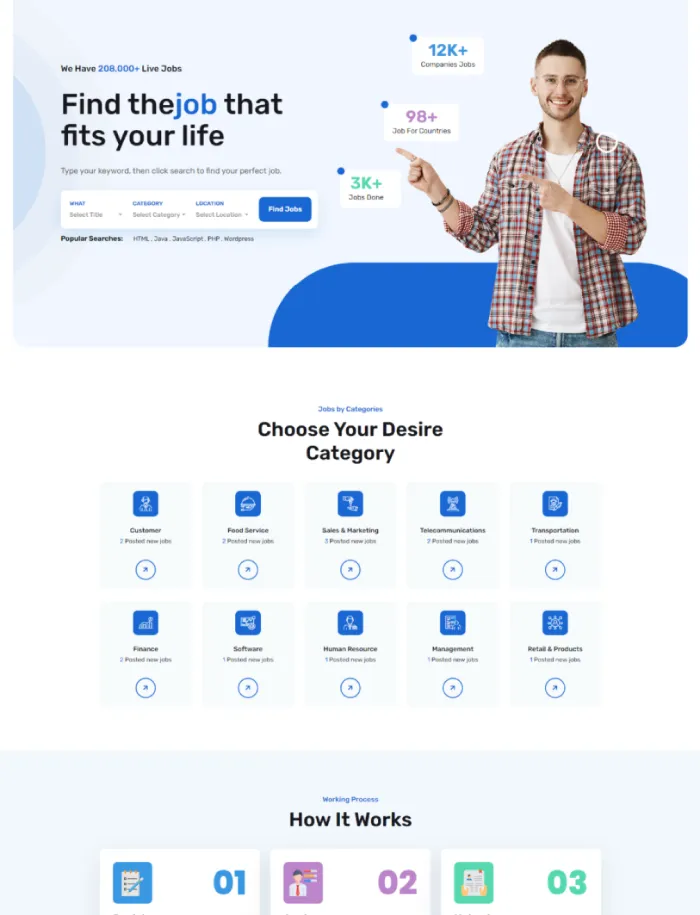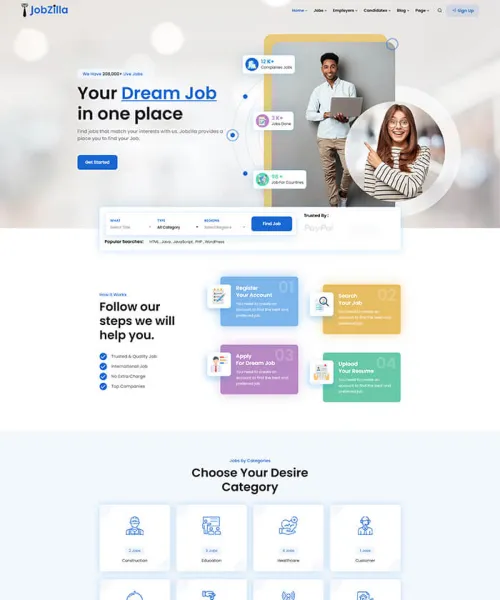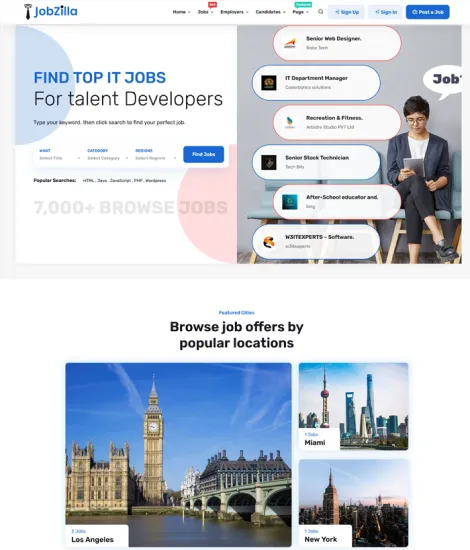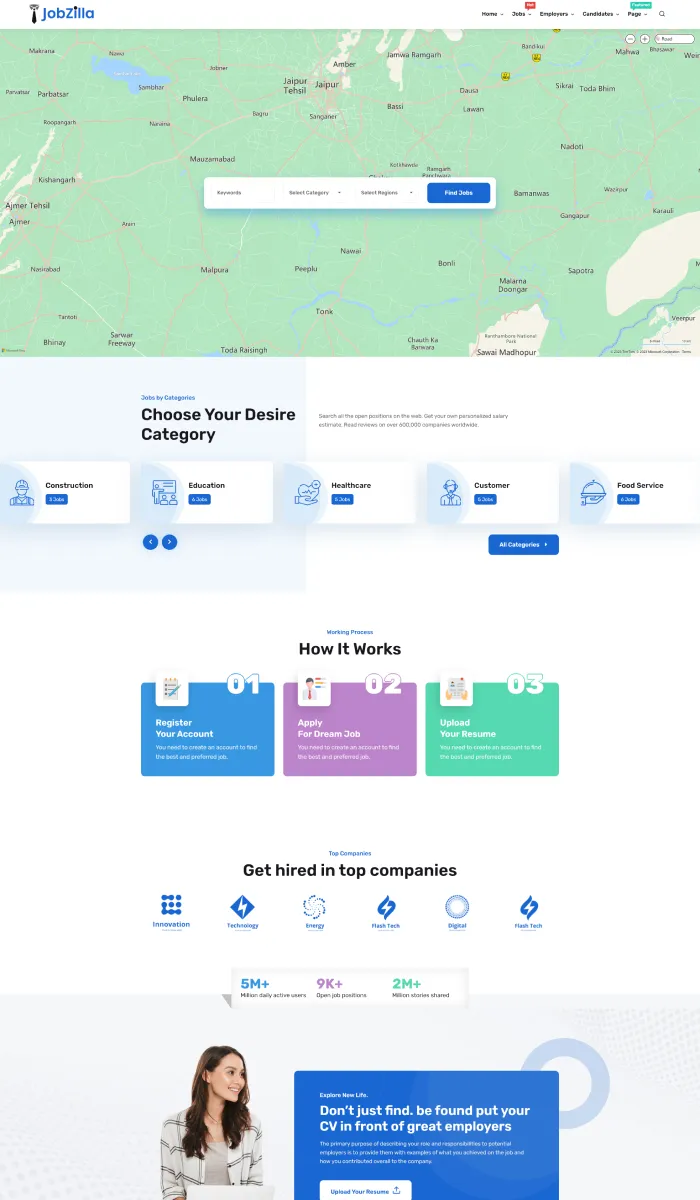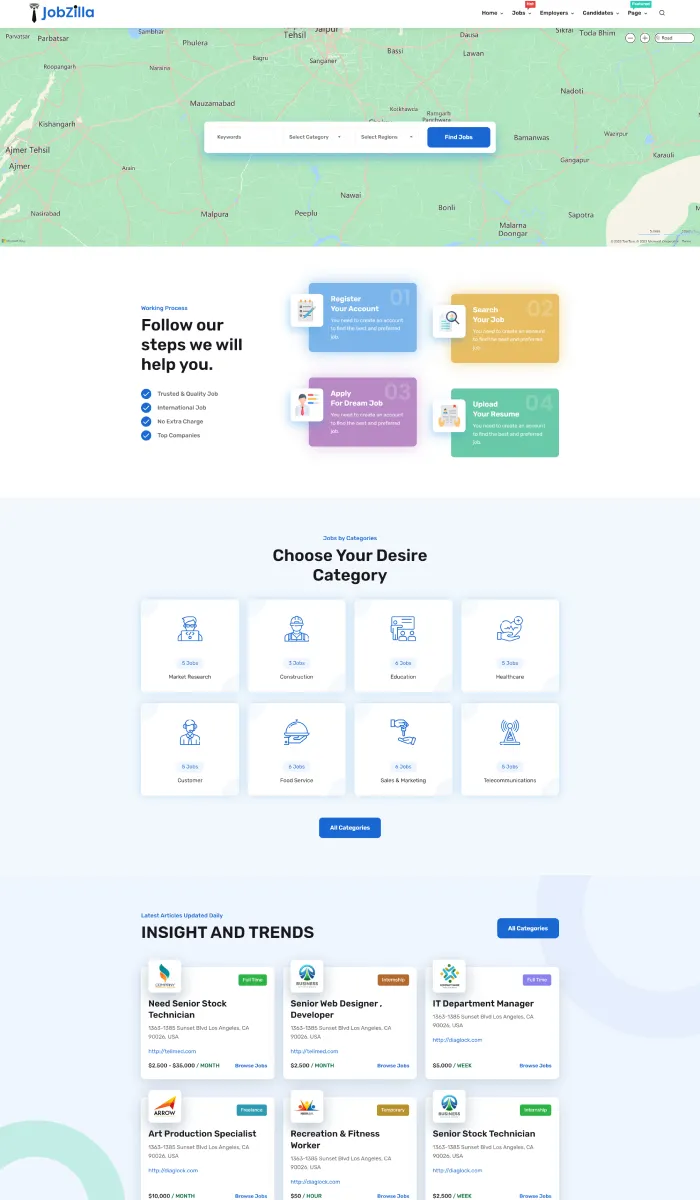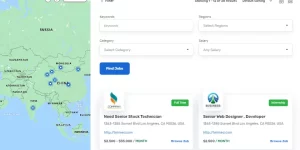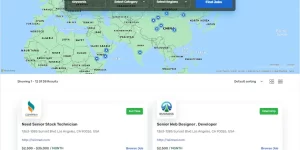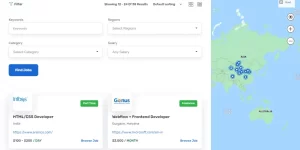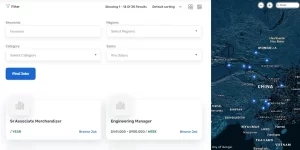How Visual Cues Influence Recognition and Engagement
Visual cues are not merely passive signals in our environment—they actively shape how we perceive, recognize, and engage with the world around us. From a single red traffic light guiding pedestrian behavior to a brand’s logo evoking trust through consistent design, visual cues function as silent architects of attention and meaning. Their true power lies not in isolated recognition, but in how they weave isolated cues into coherent, emotionally charged narratives that sustain engagement over time.
The role of visual context in transforming isolated cues into coherent narratives reveals that recognition begins with integration. When a familiar street sign appears in a specific neighborhood, context—architecture, lighting, cultural signifiers—transforms a simple shape into a trusted guide. This layering of visual data supports predictive processing in the brain, allowing us to anticipate meaning rather than react to fragmented stimuli. For example, a café’s warm lighting and wooden interiors cue both comfort and familiarity, deepening emotional connection before a single word is spoken.


